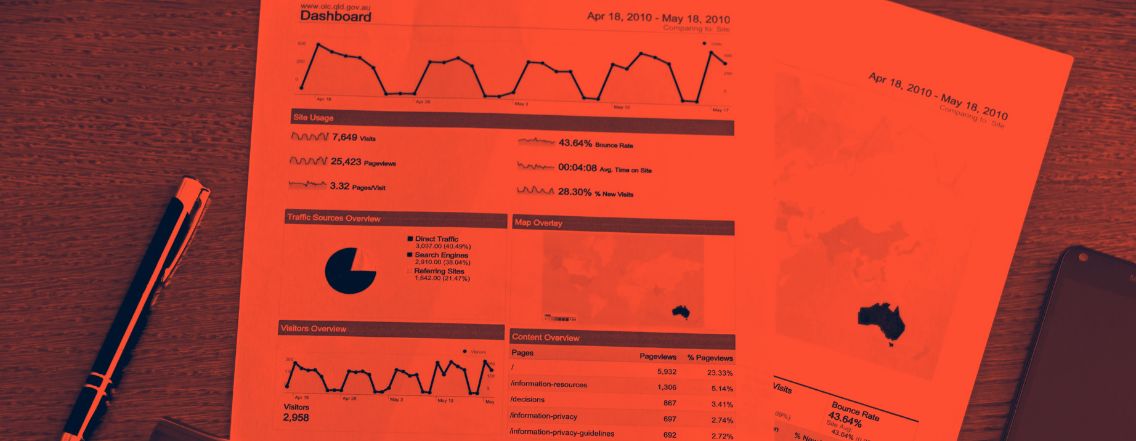Numerous regulatory requirements are emerging in the payments sector, particularly affecting SEPA instant transfers.
You might not realize it, but as a merchant, if you engage in such operations, you will likely be impacted as well.
One of these developments is the consistency check between the name and account number (IBAN) provided when adding a transfer beneficiary.
This innovation, known as IBAN Name Check or Verification of Payee (VOP), is expected to enhance the verification process for issued transfers, starting with instant transfers.
So, how does the IBAN Name Check work? What are the use cases and implementation timelines?
We’ll explain everything in this article, beginning with the basics: a quick definition of an IBAN and its purpose.
What is an IBAN and what is it used for?
To make a payment in the SEPA zone, you need certain information, at a minimum:
- The account to be credited (IBAN), which consists of a string of characters starting with two letters to identify the destination country, followed by a sequence of numbers identifying the bank account, including a control key. Example: IBANs for transfers to a French account start with FR and are followed by 25 digits.
- The bank code to be credited (BIC), though this is no longer mandatory in most French banks due to the introduction of a common reference system that links the account number with the bank.
- The beneficiary’s name: typically a free-text field where you can enter the identity of the person to receive the transfer.
- Other details such as the amount, date, and payment reason.
As you can see, the IBAN is the reference that indicates which account should be credited (in the case of a transfer) or debited (in the case of a direct debit).
Why check the IBAN and name?
Introduced by the European Payments Council (EPC), the IBAN Name Check is a verification service designed to ensure that the name of a transfer beneficiary matches the provided IBAN.
Initially announced as mandatory only for instant payments (IP), many payment service providers are likely to apply this check uniformly to standard SEPA transfers (SCT).
But why?
The IBAN Name Check primarily aims to:
- Reduce input errors: An incorrect IBAN can easily happen, especially given its length and the mix of numbers and letters. The IBAN Name Check will allow the client to see the registered name when entering the transfer, so they can verify that it matches.
- Decrease complaints to the payment processor: In case of an error, it’s often the bank or broader payment service providers who have to handle disputes or rejections. With the IBAN Name Check, verification will be done on the consumer’s side, reducing the likelihood of complaints, as the information will be clearly displayed during the transfer.
- Comply with regulatory obligations: Indeed, the IBAN Name Check will become a mandatory requirement for all payment service providers within the SEPA zone.
One of the major challenges in the payment sector is combating fraud, and one of the arguments put forward by the EPC is that many payment errors and fraud cases could be avoided (or at least mitigated) with a dedicated system.
How will the IBAN Name Check work?
Now, you’re probably wondering how this verification between the beneficiary’s name and account number will work in practice.
It’s straightforward, during the entry of a transfer, after selecting the beneficiary (and all related information), a check will be performed using a pan-European reference system to detect (in)consistencies.
The regulation requires that the result of this check be explicitly communicated to the person initiating the transfer, with possible outcomes being:
- Match: The entered IBAN is consistent with the stored name.
- Close match: The name does not exactly match the one linked to the IBAN, possibly due to special characters. Continuing with the transfer entry process means you acknowledge that the name is close but not correct.
- No match: The entered IBAN does not match the name. In this case, the bank will likely prompt you to double-check the beneficiary’s name.
It’s important to note that while the check will be mandatory, it will not block the transaction.
For example, if you proceed with a transfer and the result is “No match,” you can still complete the transfer, with the financial institution having fulfilled its advisory duty according to the regulation.
What are the future prospects for other payments in the SEPA Zone?
The European Payments Council has initiated the first wave by requiring financial institutions to verify the consistency between the IBAN and the credited name for instant transfers as part of a set of changes to instant payments, with implementation expected no later than the end of 2025.
It is highly likely that this verification will be extended to other types of payments to also reduce fraud rates.
The most obvious candidate for this extension is direct debits, which can be used for one-off or recurring payments, as they rely on the same key data: the IBAN.
It remains to be seen how this instant verification with direct feedback will be received by the primary users of the service, of which you are likely a part 😊.




